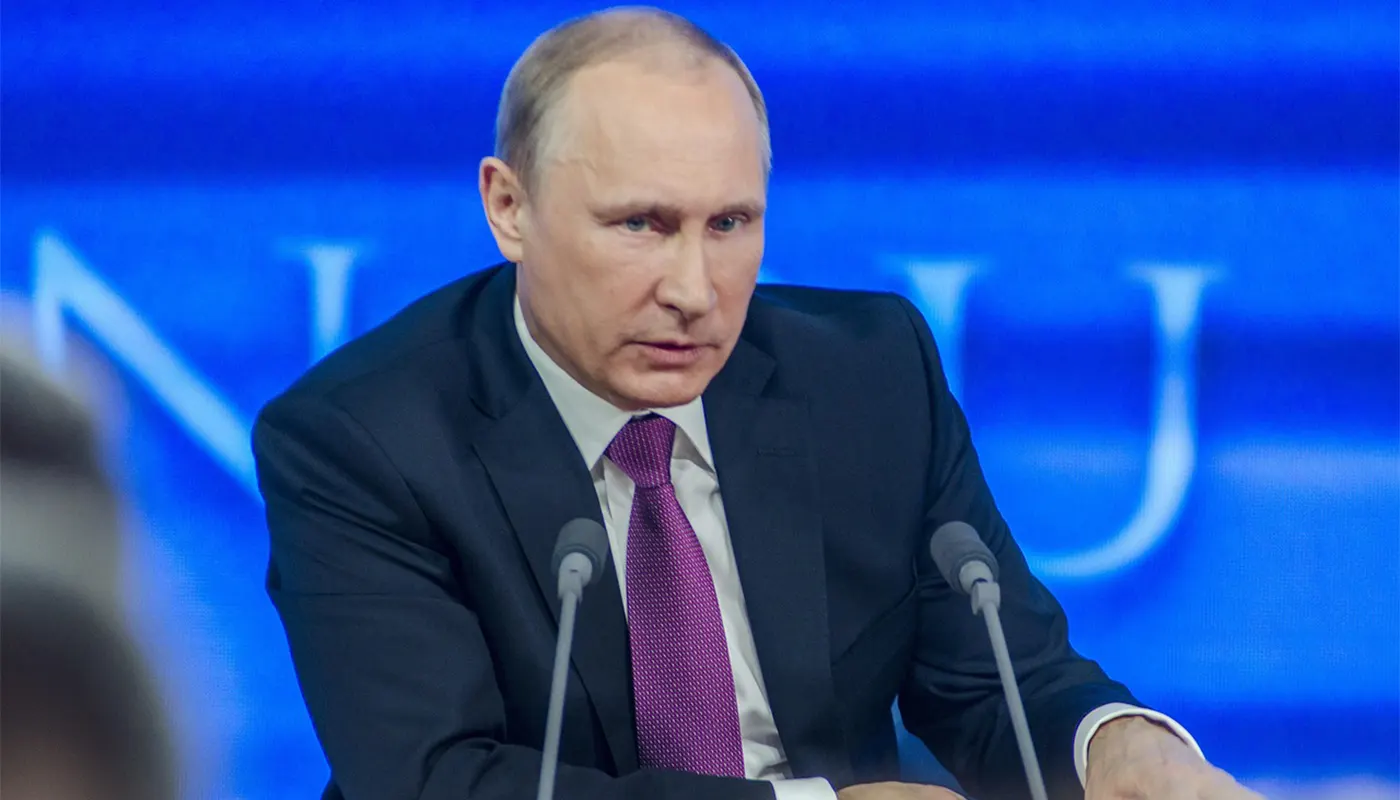WASHINGTON — U.S. President Donald Trump issued an ultimatum on Monday, demanding a peace agreement between Russia and Ukraine within the next 50 days, warning that failure to deliver will trigger “very severe tariffs” on Russia and its trading partners — part of a dramatic escalation in U.S. policy aimed at accelerating a resolution to the war.
Speaking alongside NATO Secretary-General Mark Rutte in the Oval Office, Trump announced plans to impose 100% secondary tariffs on countries that continue purchasing Russian exports such as oil, gas, and uranium, unless Moscow cooperates in brokering a ceasefire and settlement on Ukraine’s terms.
He said, “We’re going to be doing secondary tariffs if we don’t have a deal within 50 days. And they’ll be at 100%,” calling the situation “very simple”.
New Military Support and Economic Leverage
As part of the intensified pressure campaign, the U.S. has pledged new weapons to Ukraine—including Patriot missile systems and armoured hardware—to bolster Kyiv’s defences. The move marks a sharp contrast to earlier hesitation in arms transfers and signals renewed American commitment.
Russian Response and Feasibility Questions
Kremlin spokesperson Dmitry Peskov dismissed the deadline as unrealistic, reaffirming that any summit between President Vladimir Putin and Ukrainian President Volodymyr Zelenskyy would only follow expert-level negotiated agreements.
Russia maintains its peace terms demand Ukrainian withdrawal from annexed regions, rejection of NATO membership, and significant military restrictions—positions Kyiv and Western allies continue to reject.
Analysts questioned the enforceability of the tariff threat, noting that U.S. trade with Russia was already minimal (around US $3 billion in 2024) and that imposing secondary sanctions could produce global oil price shocks—particularly affecting major buyers like China and India.
Legislative Reinforcement
Meanwhile, the Sanctioning Russia Act of 2025, backed by a bipartisan supermajority in Congress, proposes tariffs of up to 500% on nations importing Russian energy if Russia refuses to negotiate peace or violates any agreement.
Why It Matters
| Dimension | Significance |
|---|---|
| Pressure Tactics | U.S. is combining military aid with trade leverage to force diplomatic action. |
| Secondary Sanctions | Potentially high impact on third-party nations that trade with Russia. |
| Political Messaging | Marks a reversal from Trump’s earlier pro-Russia rhetoric, reinforcing the demand for peace. |
| Global Market Risks | Risk of economic turmoil if tariffs are broadly applied to energy-importing countries. |
| Diplomatic Complexity | Russia’s maximalist demands and Ukrainian resistance suggest talks may stall. |





